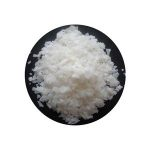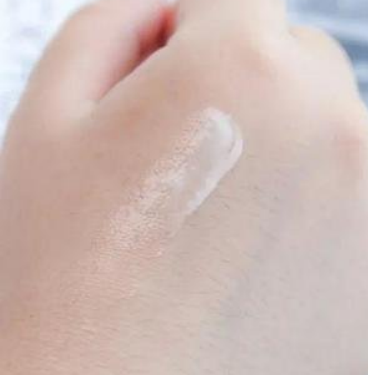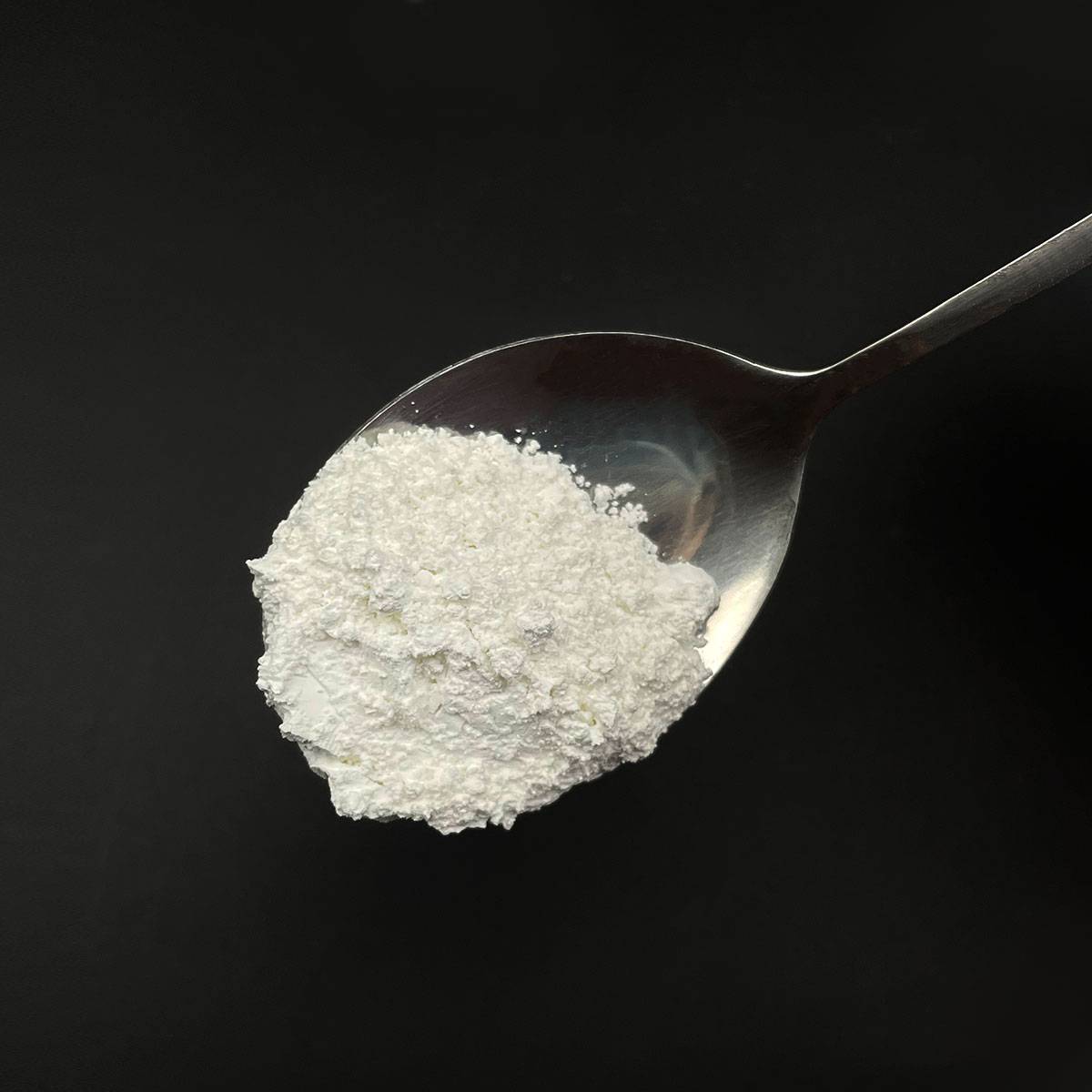1. Introduction
In the past 48 hours, a viral TikTok video highlighting ‘SLS-free’ skincare routines has reignited public concern over sodium lauryl sulfate in everyday products—from shampoos to weed killers. With over 2 million views, the trend underscores growing consumer demand for gentler, bio-based surfactants. Whether you’re formulating a natural shampoo or mixing a DIY herbicide, understanding how to safely replace or use sodium lauryl sulfate is essential.

Sodium lauryl sulfate (also known as sodium dodecyl sulfate, SLS, or natrium lauryl sulfate) is a powerful anionic surfactant widely used for its foaming and cleansing abilities. But its potential to irritate skin and eyes has led many to seek alternatives like alkyl polyglucoside, coco betaine, or sodium lauroyl sarcosinate. This guide walks you through practical steps to choose, substitute, and use surfactants—whether you’re crafting personal care items or enhancing herbicide performance.
2. Understanding Sodium Lauryl Sulfate and Its Role
Sodium lauryl sulfate (SLS) is a classic anionic surfactant derived from lauryl alcohol (often sourced from coconut or palm kernel oil). Its molecular structure gives it strong detergent properties, making it effective at removing oils and generating lather. You’ll find it labeled as sls sodium lauryl sulfate, na lauryl sulfate, or simply lauryl sulfate on ingredient lists.
However, SLS can strip natural oils from skin and hair, leading to dryness or irritation—especially in sensitive individuals. That’s why many modern formulations pair it with milder co-surfactants like cocamidopropyl betaine (also called amidopropyl betaine or coco amido propyl betaine) to reduce harshness. Note that sodium laureth sulfate (SLES)—sometimes written as sodium lauryl ether sulfate or laureth sulphate—is a different, ethoxylated compound that’s generally less irritating than SLS.
3. Step-by-Step: Replacing SLS in Personal Care Products
If you’re making homemade shampoo, body wash, or facial cleanser and want to avoid SLS, follow these steps:
- First, identify your desired properties: Do you need rich foam, gentle cleansing, or high solubility? For foam, consider sodium coco sulfate or sodium cocoyl isethionate. For ultra-mild cleansing, try decyl glucoside or coco glucoside—both are non-ionic or amphoteric bio surfactants.
- Second, choose a primary surfactant. Alkyl polyglucoside is a popular non-ionic surfactant derived from sugar and fatty alcohols. It’s biodegradable, non-toxic, and works well with anionic and cationic ingredients without destabilizing the formula.
- Third, add a secondary surfactant for foam stability and mildness. Cocamidopropyl betaine is amphoteric, meaning it can act as both anionic and cationic depending on pH. It boosts lather and reduces irritation from any residual anionic surfactants.
- Avoid mixing strong anionic surfactants like sodium dodecylbenzene sulfonate with cationic ones like cetyl trimethyl ammonium bromide (CTAB) unless you’re using a compatibilizer—these can neutralize each other and cause separation.

4. Using Surfactants in Herbicides and Lawn Care
Sodium lauryl sulfate isn’t just in shampoos—it’s also used as a surfactant for herbicides and as a lawn wetting agent. However, for agricultural use, non-ionic surfactants are often preferred because they don’t react with active ingredients like glyphosate.
To make an effective weed killer mix: add 1–2 teaspoons of a nonionic surfactant per gallon of water. Good options include methylated seed oil (a common surfactant for weed killer), polysorbate 80 (also known as Span80 when used in emulsions), or ethoxylated alcohol-based surfactants. These help the solution spread and stick to waxy plant leaves.
Avoid using SLS or sodium laureth sulfate in herbicide mixes unless specified—these anionic surfactants can reduce efficacy or cause phytotoxicity. Instead, opt for lignin sulfonate or bio surfactants like rhamnolipids if you’re aiming for organic compliance.
5. Common Problems and How to Solve Them
Problem: Your homemade shampoo is too thin or doesn’t lather. Solution: Increase the concentration of your primary surfactant slightly (most work best at 10–15%) and add cocamidopropyl betaine to boost foam volume and stability.

Problem: Skin irritation persists even in ‘SLS-free’ products. Check for hidden anionic surfactants like ammonium lauryl sulfate (also called ammonium dodecyl sulfate or ammonium lauryl sulphate), which can be just as irritating as SLS.
Problem: Herbicide isn’t sticking to leaves. Solution: Ensure you’re using a proper wetting agent for grass—methylated seed oil or a nonionic surfactant like pluronic 127 (a poloxamer 188-type block copolymer) works better than SLS in most cases.
Also, never confuse sodium lauryl sulfate with fluoro surfactants or copper 1 bromide—these are industrial or lab chemicals with no place in consumer formulations.
6. Where to Buy and What to Look For
If you need sodium lauryl sulfate for sale—perhaps for lab testing or specific industrial use—reputable suppliers like Rohit Surfactants Private Limited offer technical-grade SLS. But for personal care or home use, prioritize cosmetic-grade or food-grade surfactants.
When reading labels, watch for synonyms: sls sodium, sls sulfate, sulfate laureth, sulphate laureth sulfate, and sodium laureth may all appear. Remember, sodium laureth (or sodium lauryl ether sulphate in shampoo) is not the same as sodium lauryl sulfate—it’s milder due to ethoxylation.
For truly gentle formulas, consider amino acid-based surfactants like sodium cocoyl glutamate or sodium lauroyl methyl isethionate. These are increasingly popular in premium ‘sulfate-free’ products.
7. Conclusion
Whether you’re avoiding sodium lauryl sulfate for skin sensitivity or optimizing a herbicide spray, understanding surfactant chemistry empowers smarter choices. Focus on the meaning of surfactant—surface-active agents that reduce tension and improve mixing—and match the type (anionic, cationic, non-ionic, or amphoteric) to your specific need. With the right alternatives like alkyl polyglucoside, cocamidopropyl betaine, or methylated seed oil, you can achieve performance without compromise.
Our Website founded on October 17, 2012, is a high-tech enterprise committed to the research and development, production, processing, sales and technical services of ceramic relative materials such as How. Our products includes but not limited to Boron Carbide Ceramic Products, Boron Nitride Ceramic Products, Silicon Carbide Ceramic Products, Silicon Nitride Ceramic Products, Zirconium Dioxide Ceramic Products, etc. If you are interested, please feel free to contact us.


